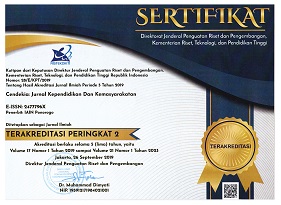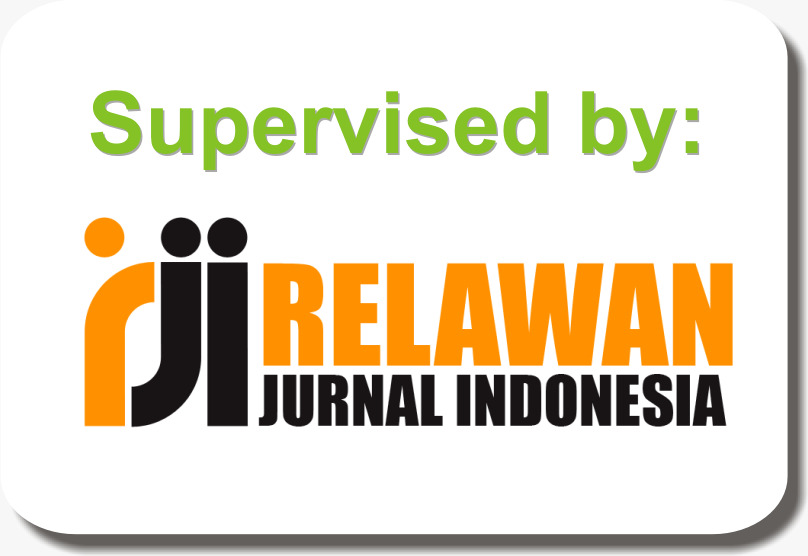MANAJEMEN IMPLEMENTASI KURIKULUM BAHASA ARAB DI MADRASAH
DOI:
https://doi.org/10.21154/cendekia.v10i2.412Abstrak
Abstract: The Arabic language teaching has begun to exist in the Madrasah curriculum since 1976. Based on Permenag no. 2 on 2008, the SKL & SI of Arabic includes four proficiencies that should be mastered by students; they are listening, speaking, reading and writing. In relation to its implementation in Madrasah, school principals and Arabic teachers have ultimate responsibility. The realization of curriculum is divided into two levels: 1) implementation at the school level and 2) implementation at the classroom level. In this vein, school principals should establish good and fruitful coordination with the teachers. There are at least three essential things which may affect the implementation of the Arabic curriculum that must be considered by both the principals and Arabic teachers, they are the characteristic of curriculum, implementation strategy, and the users of Arabic curriculum. After implementing the curriculum, it should be proceeded by conducting evaluation which aims (1) to look at the process of the implementation of the Arabic language curriculum functioning as a control whether its implementation has achieved the objective, and as a refinement if there is a deficiency in the process, 2) to see the final result which can be achieved compared to the planning phase.
Unduhan
Diterbitkan
Cara Mengutip
Terbitan
Bagian
Lisensi
Syarat yang harus dipenuhi oleh Penulis sebagai berikut:- Penulis menyimpan hak cipta dan memberikan jurnal hak penerbitan pertama naskah secara simultan dengan lisensi di bawah Creative Commons Attribution License yang mengizinkan orang lain untuk berbagi pekerjaan dengan sebuah pernyataan kepenulisan pekerjaan dan penerbitan awal di jurnal ini.
- Penulis bisa memasukkan ke dalam penyusunan kontraktual tambahan terpisah untuk distribusi non ekslusif versi kaya terbitan jurnal (contoh: mempostingnya ke repositori institusional atau menerbitkannya dalam sebuah buku), dengan pengakuan penerbitan awalnya di jurnal ini.
- Penulis diizinkan dan didorong untuk mem-posting karya mereka online (contoh: di repositori institusional atau di website mereka) sebelum dan selama proses penyerahan, karena dapat mengarahkan ke pertukaran produktif, seperti halnya sitiran yang lebih awal dan lebih hebat dari karya yang diterbitkan. (Lihat Efek Akses Terbuka).

This work is licensed under a Creative Commons Attribution-NonCommercial-ShareAlike 4.0 International License.
















